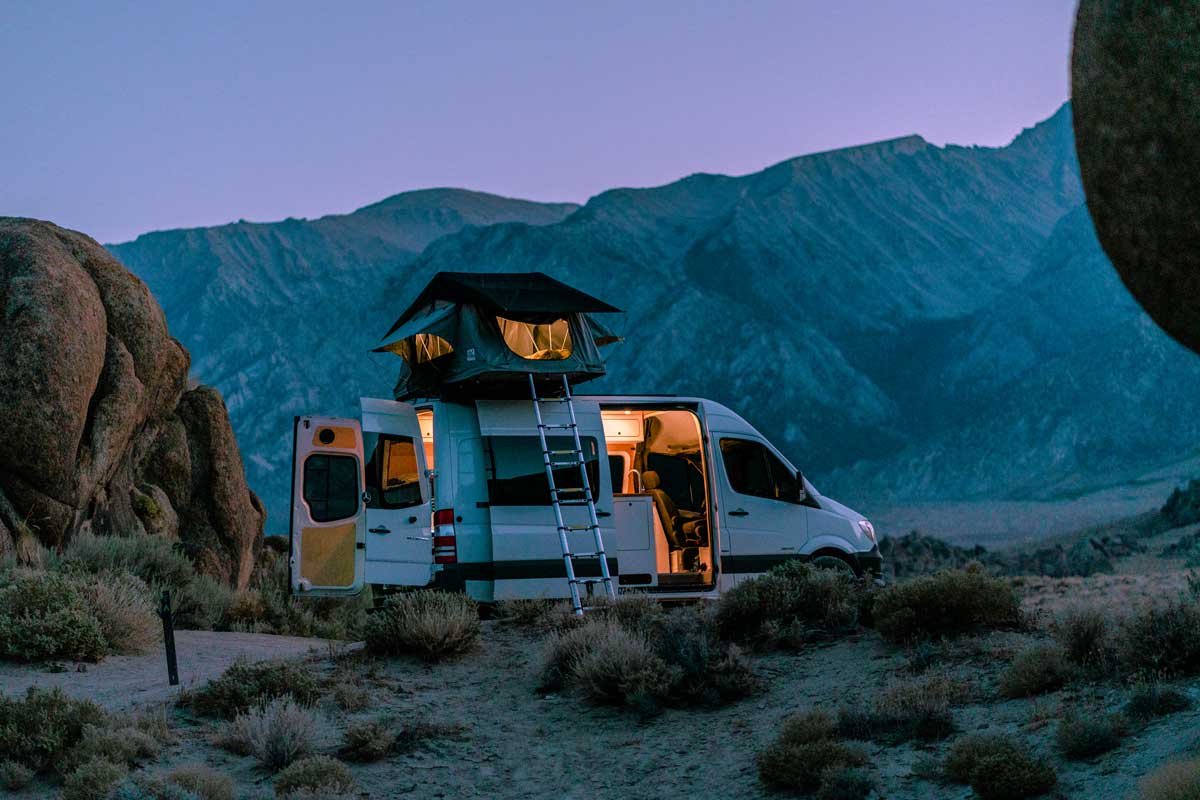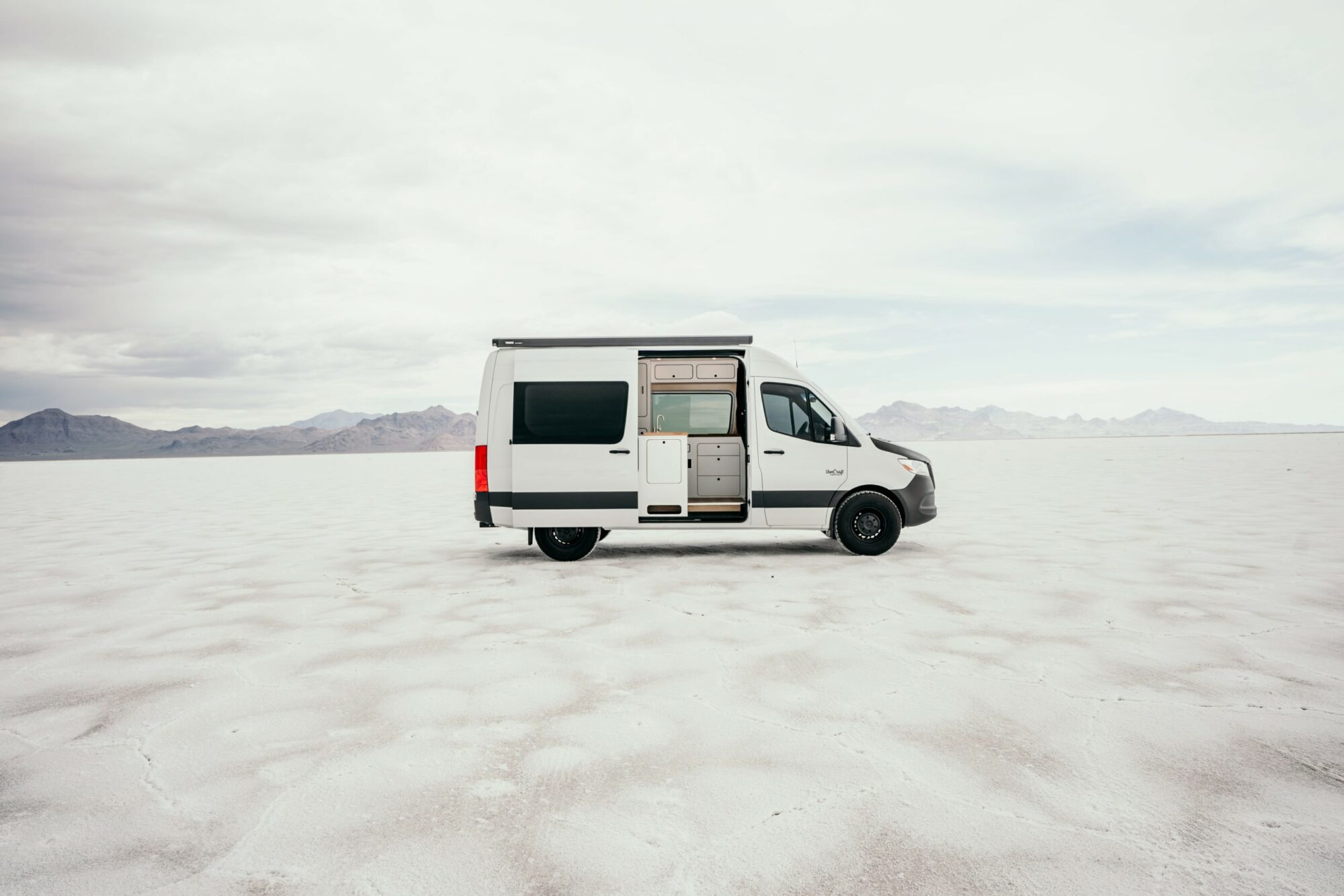Buying a campervan can be a thrilling adventure, but it can also be a daunting task. Many factors must be considered, ranging from the type of van desired to the features required to make your travels comfortable and enjoyable. This guide will walk you through the process of purchasing a campervan step by step, allowing you to make an informed decision and find the ideal vehicle for your travels.
Understanding Your Requirements
Before you begin looking for a campervan, you should first determine what features you require in a vehicle. Consider the following elements:
Use
Is the van used for weekend getaways, longer trips, or full-time living? Think of what trips you currently take and what trips are you dreaming about. Are there any major events coming up, such as retirement, that will change the way you travel?
Size
How many passengers will be traveling in the van, and how much storage space will be required? Are their any specialty or large items, like skis or a surf board, you want to travel with?
Budget
What is your spending limit for a campervan? Will you be financing or paying cash? If you have a limited budget we highly reccomend looking at used vans since they can cost less than half the price of a new van.
Where are you going to use the van?
Will you require a van that can be driven off-road? Is winter insulation required? Do you need off-grid systems in the van or will you have hook-ups where you camp?
Once you’ve determined your needs, you can begin looking for a van that meets them.
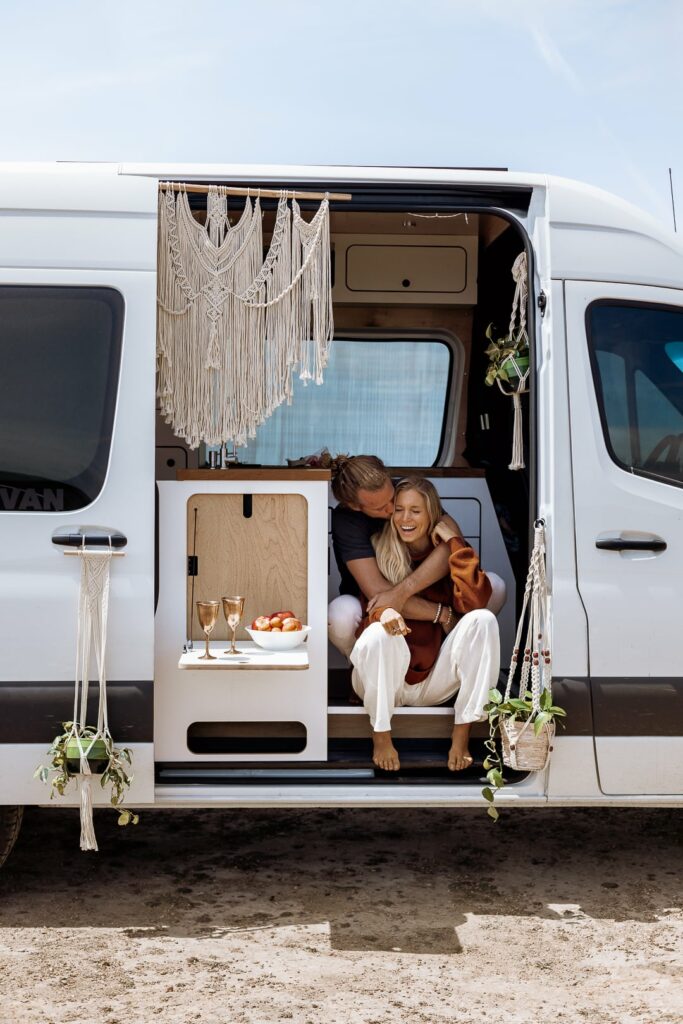
Types of Campervans
There are two main types of campervans to choose from:
Class B RV
These are the smallest RV offered by many RV manufacturers. They are typically built on the same chassis as other cargo vans (Mercedes Sprinter, Ford Transit, or Dodge Promaster). They are designed to be mini RVs with many of the same features. You will likely see large beds, dining tables, and interior bathrooms and showers. These vans require shore power/water and will likely have gray/black tanks. If you plan to spend most of your time in a campground with full hookups, then this is the type of van for you.
Off-Grid Campervan
These are the style we and most other small to medium sized companies build. Electrical systems can be powered from the batteries in the campervans and shore power is not required. Solar panels on the roof will make the electrical system self-sustaining. The water tanks will be large enough for multiple days of use and gray/black tanks may be excluded. Interior bathrooms and showers are not as common in this style. Most vans in this style have large garage spaces with room to hold mountain bikes, skis, and other outdoor gear.
Features to Look For
When shopping for a campervan, there are several key features you should look for to ensure you are getting a quality vehicle:
Insulation
Look for a van that has good insulation to keep you warm in the winter and cool in the summer.
Plumbing
Consider the plumbing system in the van, including the water supply, waste management, and shower.
Electrical System
Make sure the van has a reliable electrical system with enough power to run all your appliances and electronics. Keep in mind that both battery capacity and power draw affect your total battery life. Some vans have systems that require more power to operate than others.
Kitchen
Look for a van with a functional kitchen that includes a sink, stove, and refrigerator.
Bed type
Vans have two different types of beds: fixed (permanent) and assembled. Fixed beds are built into the frame or the cabinets of the van and do not require any setup to use. The advantage of these is the ease of use and the stronger (safer) structure of the van. Assembled beds require some assembly before use each night. This can vary for each van, but the most common ways are beds that raise and lower and beds that fold to one side. The advantage to these is the extra space inside the van when the bed is stored. It is important to remember that anything stored in the van must be moved before the bed can be used.
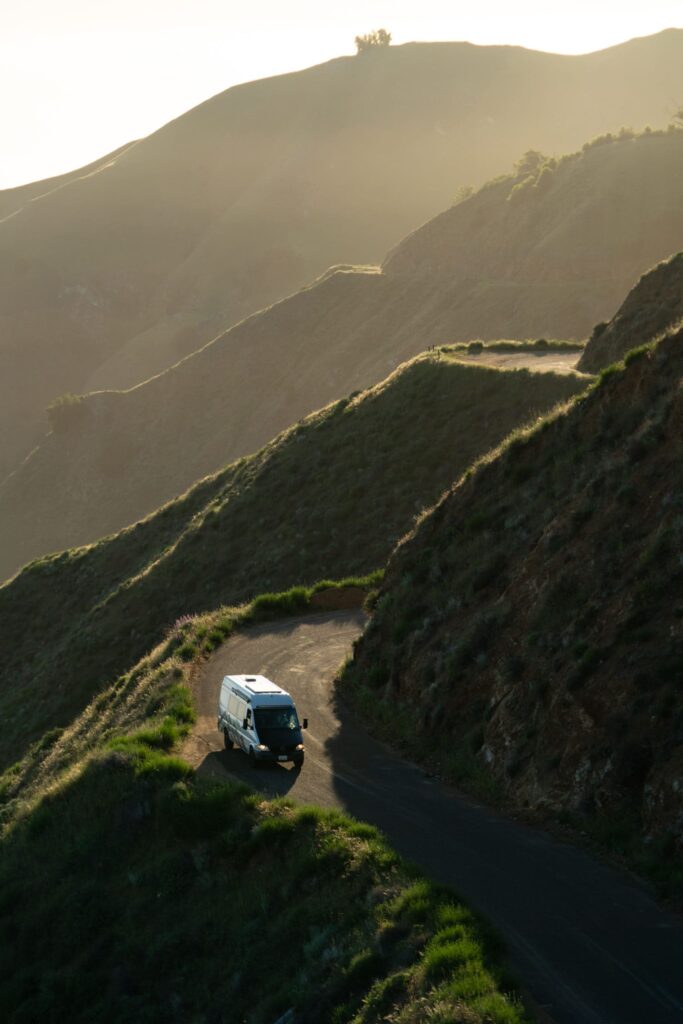
Research and Comparison Shopping
Once you clearly understand your needs and the features you want in a campervan, it’s time to start researching and comparing different options. This is where you can use websites and forums to gather information about different vans and see what other people say about their experiences. You can also attend RV shows to see the latest models and talk to manufacturers and dealers. Renting is also a good way to try a campervan before you make a purchase. You can rent a VanCraft campervan here.
Online Classifieds and listing sites
www.RVtrader.com www.vanlifetrader.com www.vancamper.com Facebook Marketplace and KSL/craigslist (depending on your area)
RV Shows
This article has a list of RV shows in the US. Look for one near you.
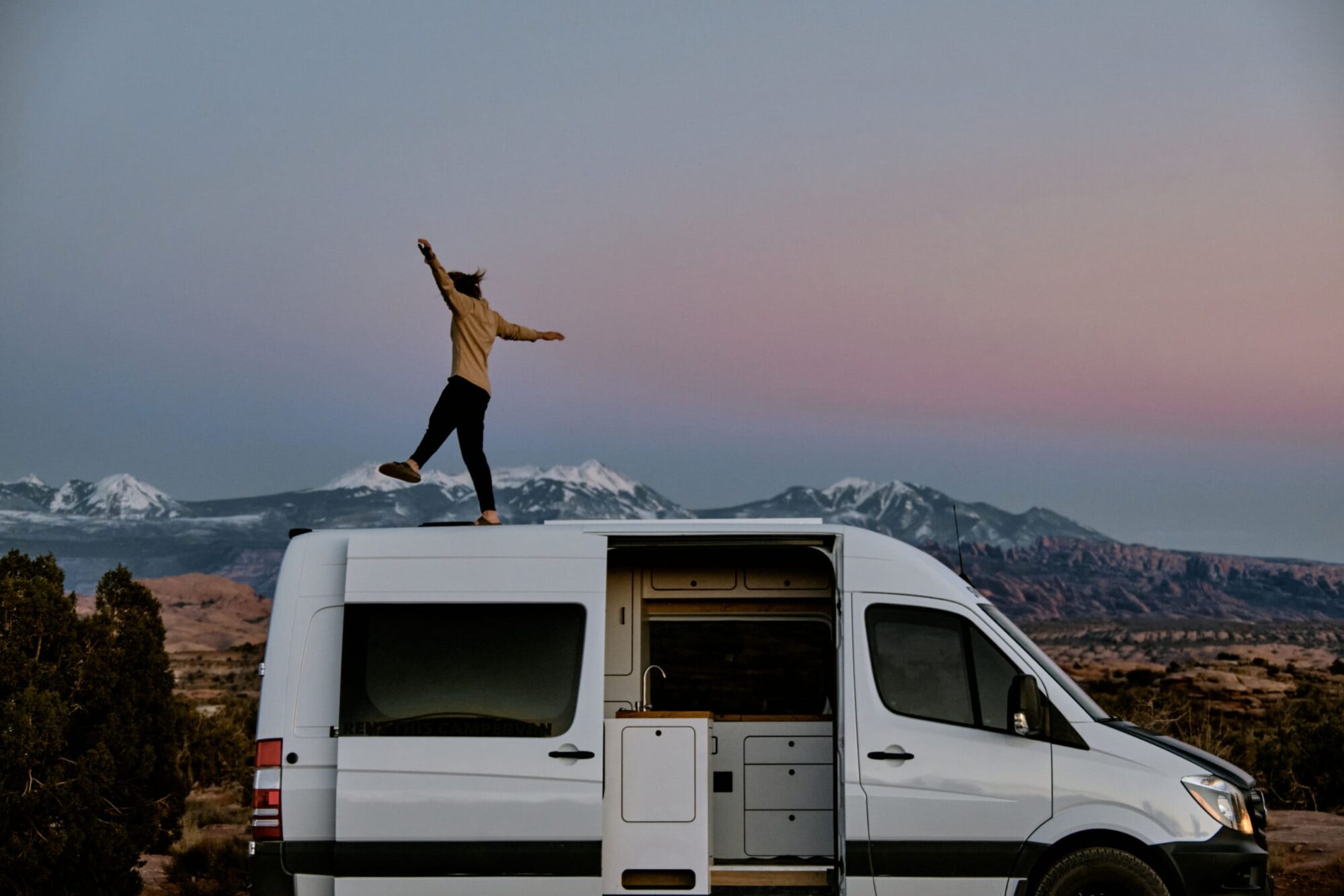
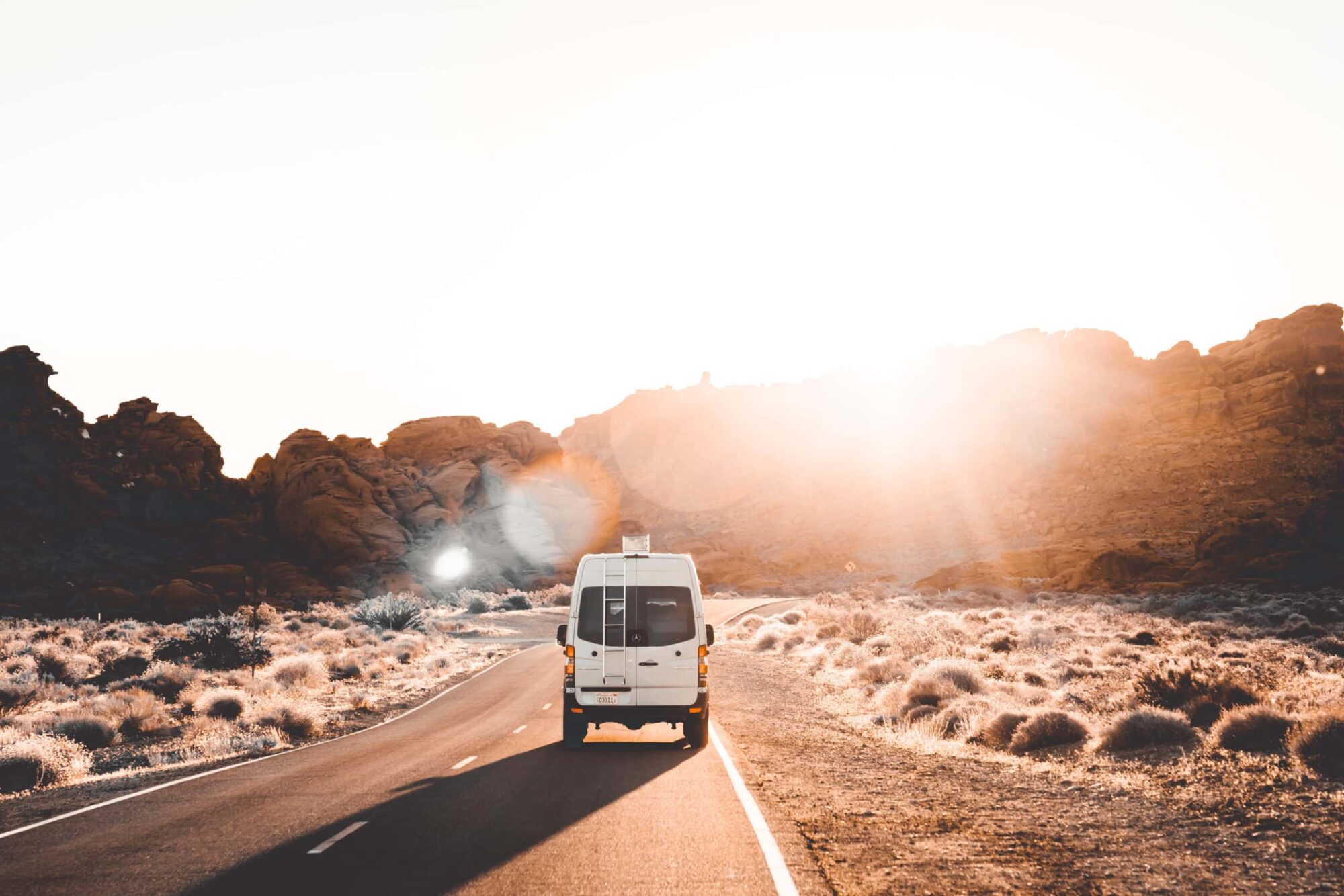
Making the Purchase
When you have found the campervan that meets your needs and fits your budget, it’s time to make the purchase. Make sure you have a clear understanding of the terms of the sale, including the price, financing options, and warranty. You may also want to have the van inspected by a mechanic to ensure it is in good condition if the van is used.
Deposit
A deposit is what locks in your campervan. After you have selected when van you want it could take between a few weeks to a few months to get that exact van built for you. Even if you selected a unit from our current inventory, it will still take a few days to double-check everything is working properly, and the campervan is cleaned before your pick-up. At VanCraft and most RV dealerships, a deposit holds the van for you and goes towards the van’s purchase price. The deposit is due when you sign the paperwork to purchase the van, and the full payment is due before pick up.
Financing
At VanCraft we have a partner to offer in-house financing or customers have the option to use their bank or credit union. Our vans are RVIA certified, which qualifies them for a 20-year RV loan. This is common in the RV industry, but rare in the campervan world. When financing, a 10% to 20% down payment is normally required, and most financing has the option to be paid off early for no penalty.
Conclusion
Buying a campervan is a significant investment, but it is also a great way to travel and explore new places. By following this comprehensive guide, you can make an informed decision and find the perfect vehicle for your travels.
